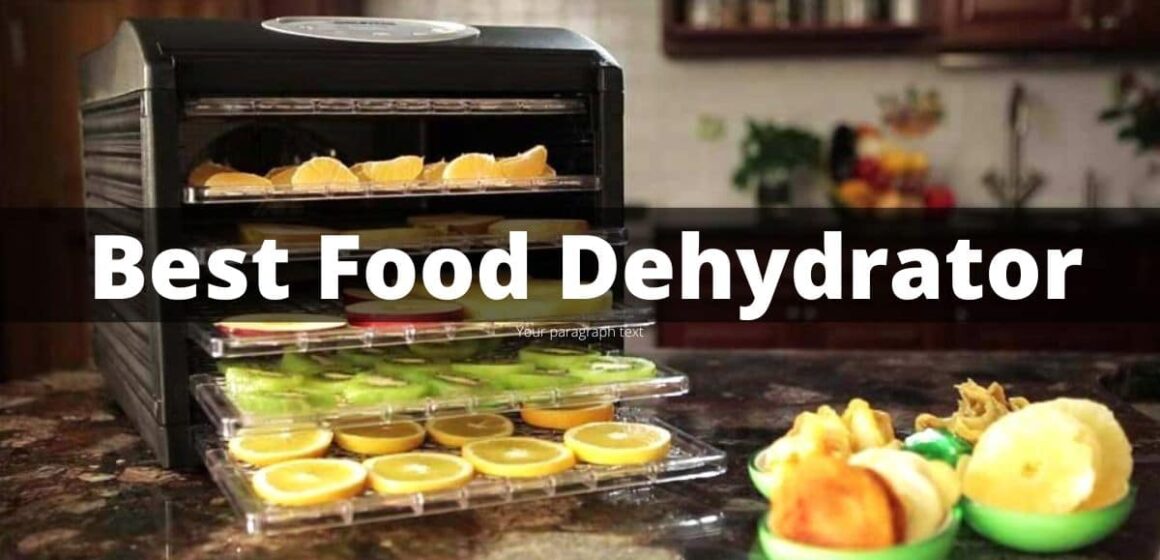When you’re in the mood for a tidbit, what do you go to?
Assuming you’re similar to most Americans, your psyche presumably blazed to pictures of potato chips, nibble cakes, or chocolate bars which, while exceptionally delectable, aren’t excessively beneficial to chomp on at customary stretches over the course of the day.
For proprietors of food dehydrators, nibbling infers a delightful cluster of better tolls that are all natively constructed squarely in your kitchen.
A couple of well-known dried-out choices incorporate apple chips, kale chips, sundried tomatoes, banana chips, and handcrafted hamburger jerky.
Advantages of Owning a Food Dehydrator
Food dehydrators are a moderately little speculation that can pay off with huge advantages for yourself as well as your loved ones.
From better food sources to setting aside your cash, the following are a couple of advantages you ought to expect in the wake of purchasing a food dehydrator.
Assist you with staying away from food squander, as you can turn any of your new products from your nursery or last staple excursion into dried-out tidbits that you can eat sometime in the not-too-distant future.
Dehydrators make it conceivable to nibble on unavailable products of the soil, regardless of what season it could be.
Dried food sources even keep in the vast majority of the supplements, so you get the advantages of the nutrients and minerals you would assume you ate the new food.
Furthermore, while this is certainly not a prompt concern, on the off chance that you have a store of got dried food varieties close by when the zombie end of the world (or truly, any cataclysmic event) comes, you’ll be in front of every other person based on the block in conditions of endurance.
Kinds of Food Dehydrators
At the point when you begin looking for the best food dehydrator, you’ll see that most models fall into two fundamental classes: vertical stream and flat stream.
As the names recommend, you can rapidly see the distinction between the two sorts of dehydrators given their direction and whether the food is stacked upward, or arranged next to each other.
In any case, the direction is just a single way they vary, the two kinds of models work contrastingly too.
1. Vertical Flow Food Dehydrators
Most upward stream food dehydrators once in a while called stackable unit food dehydrators have an intensity source that is found either at the foundation of the food processor or the top.
Vertical stream food dehydrators will generally be the most reasonable choices, yet that is to some degree since they don’t spread heat as consistently. However, most upward stream models truly do incorporate a fan to assist with this.
They function admirably enough for most vegetables and organic products, however, you’ll make some harder memories getting great meat jerky out of them except if you put some manual exertion.
2. Even Flow Food Dehydrators
Even stream food dehydrators, some of the time alluded to as retired plate food dehydrators, work a smidgen more like a traditional broiler, with the warming source situated toward the back.
They’re more costly than vertical models, yet are known for getting dried out at an all-the-more even rate all through the gadget.
This goes with them the best decision for making hamburger jerky and getting dried out meat. By a long shot, this sort of dehydrator is the most straightforward to utilize.
You can simply kick them off and leave them without accomplishing any further work until your food is finished.
6 Factors to Consider while Buying a Food Dehydrator
With regards to finding the best food dehydrator for your requirements, it will generally rely upon your specific inclinations and how you anticipate utilizing it.
Notwithstanding, having a smart thought of how they shift and what choices you have can assist you with settling on the most educated purchasing choice.
The following are a couple of the principal elements and variables to remember while purchasing a dehydrator.
1. Heat Distribution and Air Flow
Logically, food lack of hydration is a straightforward idea. You simply have to keep the food at a steady, sufficiently high temperature for a long sufficient opportunity to dry out a part of the dampness.
Practically speaking, the greatest test is guaranteeing that the intensity is equitably appropriated for all the food you’re drying.
Since some food things will fundamentally be further from the intensity source in the dehydrator than others, guaranteeing that the item is set up to have a compelling wind current accomplishes this.

